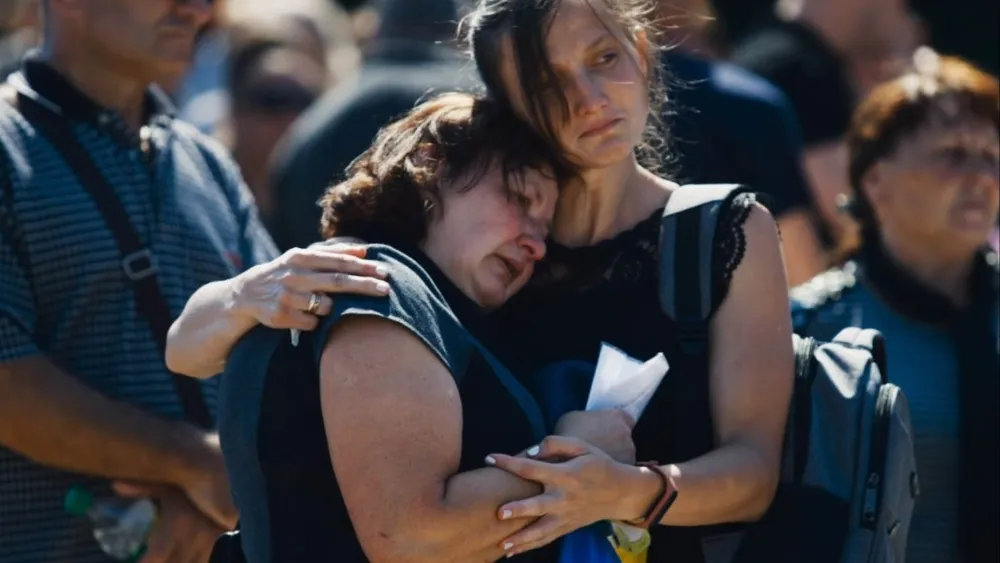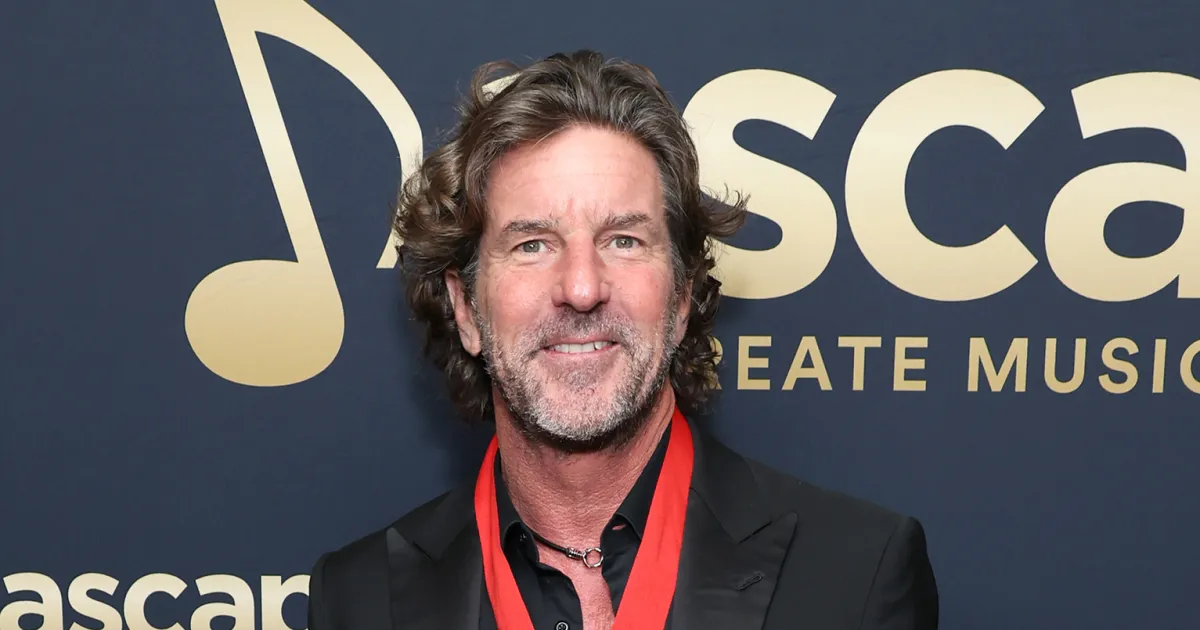Copyright Variety

In Vitaly Mansky’s arresting portrait of life during wartime, “Time to the Target,” he allows audiences to breathe, to absorb the smallest details and even, somehow, to laugh as his camera focuses on Lviv, in western Ukraine, a place once thought of as relatively safe. The advent of Russian cruise missiles and Shahed drones have ended that illusion at this point in the three-year war on Ukraine, of course. But Mansky still presents daily life much as it’s always been – a military band practicing for a memorial, a wedding, a theater performance hastily ended for an air raid, a new mother whose baby was born just as the sirens died down. “This film doesn’t aim to convince or change anyone’s mind,” Mansky says. “It offers the opportunity to experience the war as it has become part of the fabric of civilian life.” For that reason, he adds, he’s comfortable with a film that runs three hours and won’t be for everyone. “I’m counting on audiences in the cinema who have consciously come to see this film. And most importantly, on viewers 30-50 years of age who (hopefully) have never had such an experience in their lives.” Yet the daily rituals in “Time to the Target” are universal, while also being uniquely Ukrainian. Grieving families gather to honor a fallen father or son. But the gravediggers complain they have no more space at Lviv’s military cemetery, which contains the remains of soldiers from centuries of wars. One digger worries that, if bode are really laid to rest until the Second Coming, as priests proclaim during burial, then how is that to be squared with this business of exhuming so many to make space for new burials? “This field has always been a military cemetery,” says Mansky of his home city. “During World War I, Austrian soldiers were buried there, and during the Second World War, Soviet soldiers. Now they’re being exhumed and, as far as I know, reburied.” Lviv stands roughly 1,000 kilometers from the front line of the Russian invasion but that doesn’t allow much space for psychological relief from the war, as Mansky shows. Sure, children play, go to school – “Our front it here,” a teacher tells ninth graders – couples fall in love and lives begin. But there are also the daily moments of silence at 9 a.m., when all stand still to honor the heroes. And commemorations fill the churches and the streets with processions. A day at the park is broken up by paint gun target practice at a portrait of Putin. And everyone in the military band has a story about a son burned in combat or about returning to service despite being retired. “No one believes that we would hold out for so long,” says one musician. Someone else bemoans the speed of military aid: “They give us weapons one teaspoon at a time. So as not to lose and not to win.” The city has been irreversibly changed, somehow, even if daily life goes on as close to normally as possible. “I thought Lviv was an eternal city and that I knew it very well,” Mansky has said. “However, with the start of the first war in 2014, and later on, the full-scale war, when I was passing through Lviv, going somewhere else, I started to notice the gradual changes.” Mansky, whose films have chronicled life in today’s Ukraine and the former Soviet Union, has taken on everything from Russian gas pipelines to Putin’s grip on power in his past films before directing “Time to the Target,” this time teaming with Czech documentarians and producers Vit Klusak and Filip Remunda. “Many films about Ukraine today are created as manifestos,” says Mansky. “This is understandable and important. Yevhen Titarenko and I also made such a film, ‘Eastern Front,’ in 2023. But these manifestos don’t allow the viewer into this tragedy. The viewer remains a spectator, even if the film shows them military clashes captured on GoPro cameras.” What Mansky was after with “Time to the Target” is a different shade of understanding. “Our film creates a space in which the viewers can live their own lives, feeling part of this catastrophe.” Thus, the band practices, players share funny phone videos on the bus, the bass drum carrier feels the strain on his back, and there’s time to glimpse a little boy holding his dad’s military beret as the grave diggers shovel and shovel in the dirt. Mansky’s frame is often broad, with locked down camera, long takes and deep focus, allowing people to continuously enter and exit the shot on many planes. “For me, the inspiration for working on the film was Bruegel’s paintings, where there is a larger foreground, for example, with hunters, and with musicians, and a very detailed background with everyday life from birth to death.” And through it all runs the constant strains of music – as often a pop ballad in the background or a religious chorus as a somber brass band recital. This, in “Time to the Target,” seems as eternal and death-defying as all the rest of it. “I met with the musicians almost every day,” Mansky says. “It wasn’t just a shoot anymore, but a kind of shared life. At least they no longer treated me like a stranger. For that, I’m very grateful.”



